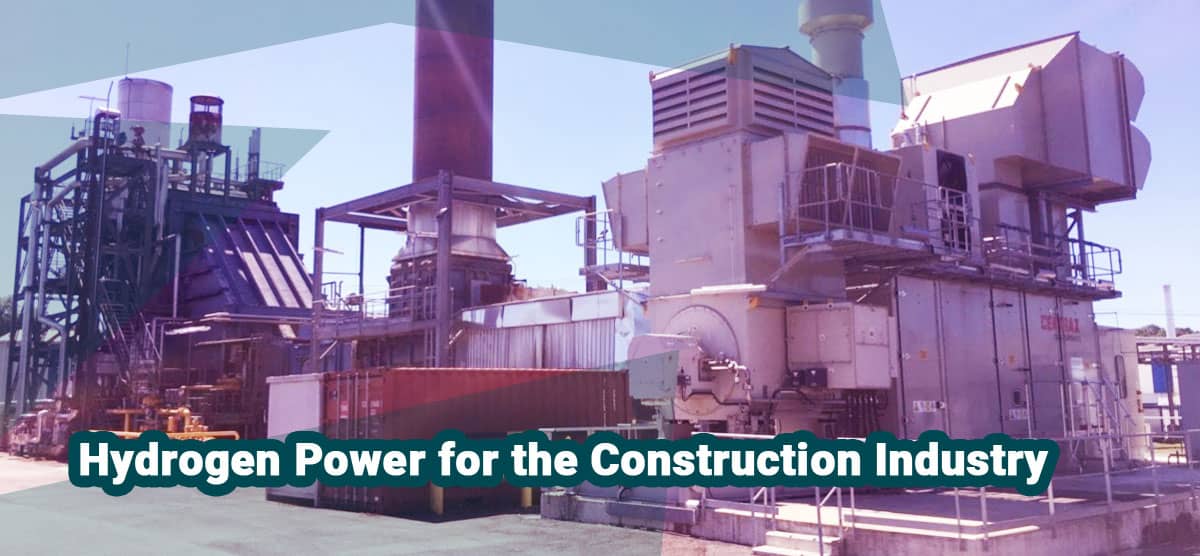Hydrogen Power for the Construction Industry

Rising temperatures, sea levels, water shortages, and droughts all pose serious dangers to the ecosystem as a result of climate change. Building construction plays a crucial role in these issues as well.
As a result, initiatives in the building industry to limit carbon emissions are critical. Hydrogen power is an excellent alternative energy source for building sites since it reduces CO2 emissions from traditional power sources like diesel generators and fossil fuel-generated electricity.
Taking steps toward a more sustainable energy source, such as hydrogen, is critical. However, current roadblocks, such as a lack of hydrogen infrastructure, are likely to stymie green hydrogen generation. Raising awareness about the benefits, practicalities, and potentials of hydrogen power can help to change this.
Technology Advancement
Hydrogen power can now be used in a variety of ways; for example, hydrocarbon combustion engines can supply temporary, emission-free energy.
It is feasible to use hydrogen to power fuel cells. Without burning fuel, a fuel cell generates electricity by turning chemical energy into electricity. As a result, such cells are a highly efficient, clean, and clean technique of keeping construction equipment running, particularly in areas where low noise levels are required, such as urban construction sites.
Balance between Sustainability & Economy
It costs three to five times as much to use hydrogen as it does to use diesel. The cost of hydrogen electricity can be reduced dramatically with the adoption of renewable power generation technologies and capacities, as well as an increase in hydrogen production capacity. Zero-emission objectives are likely to drive the building industry to abandon fossil fuels in favour of renewable energy.
Governments also encourage the adoption of green energy sources by providing financial incentives to developers. Diesel fuel is no longer subsidised by the government. Subsidies for hydrogen and other renewable energy sources have already been implemented in a number of nations.
Advantage
- Hydrogen power can be used to power construction sites as a reliable energy source.
- Despite its weather-dependent character, hydrogen can be distributed and made available in the same way as conventional fuel, surpassing other renewable energy sources like wind and solar.
- Because of its high energy density, hydrogen is a more appealing storage option than batteries.
- Hydrogen fuels also have a longer shelf life than fossil fuels. It produces no carbon dioxide, particulates, or nitrogen oxides because it is powered by combustion technology or fuel cells. To put it another way, it assists investors and developers in achieving zero carbon emissions by 2050, a goal set by some developing countries such as India and China.
Disadvantage
- One could argue that hydrogen is not at the same degree of maturity or progress as traditional energy sources. We need to enhance technology to answer practical challenges.
- Moreover, storing and delivering hydrogen may be challenging. To act as an energy carrier, hydrogen must be compressed to substantial high pressures of 200-700 bar or liquefied to a temperature as low as -253°C due to its light nature.
- Nonetheless, steps in the correct direction have already been taken. Energy-generation solutions based on current hydrogen transportation methods such as tube trailers and multi-cylinder packs will soon be available from suppliers like Aggreko.
- Due to its great flammability, hydrogen should be kept out of the reach of the general people. Construction workers can avoid accidents by implementing suitable safety precautions.
